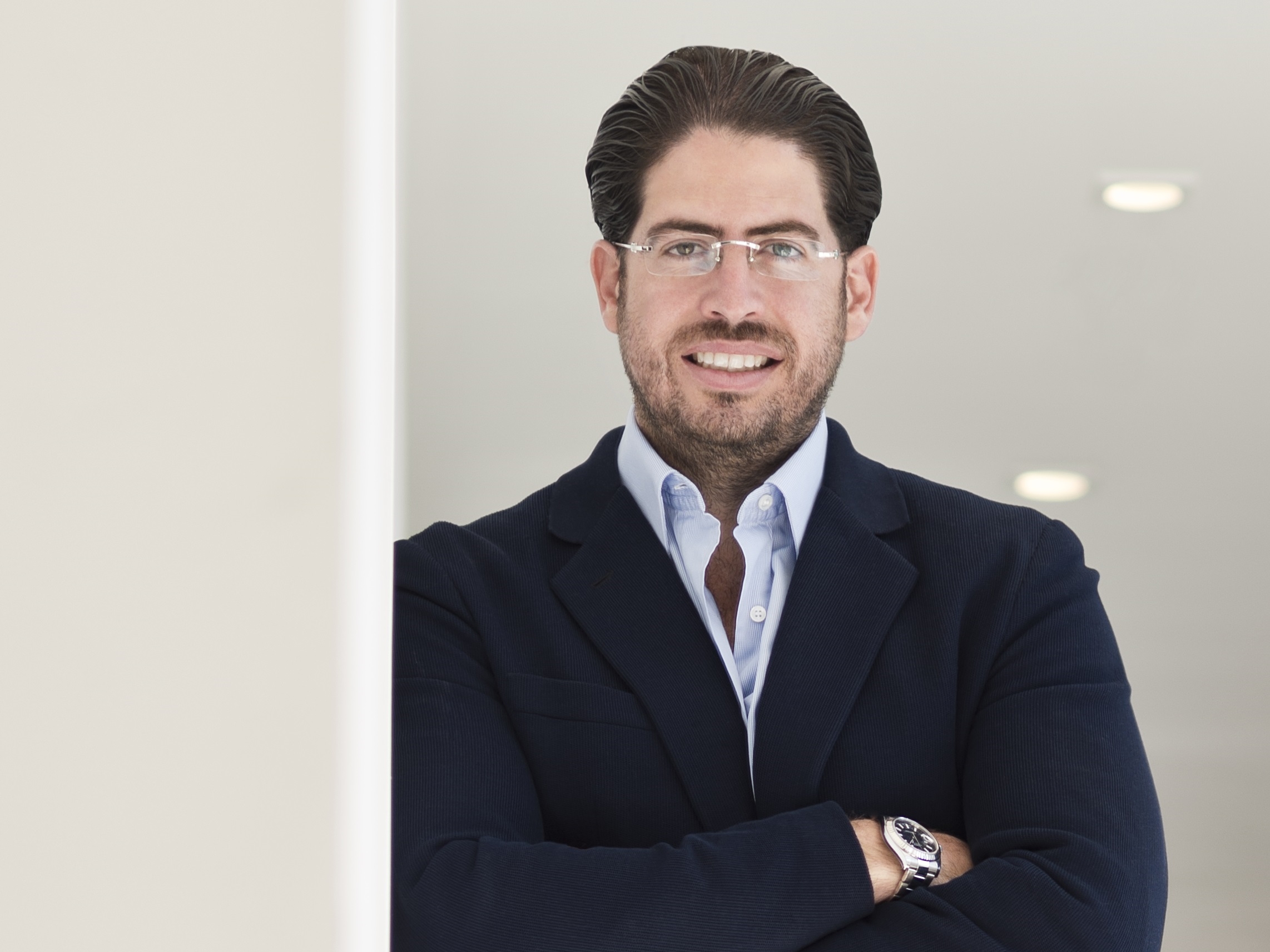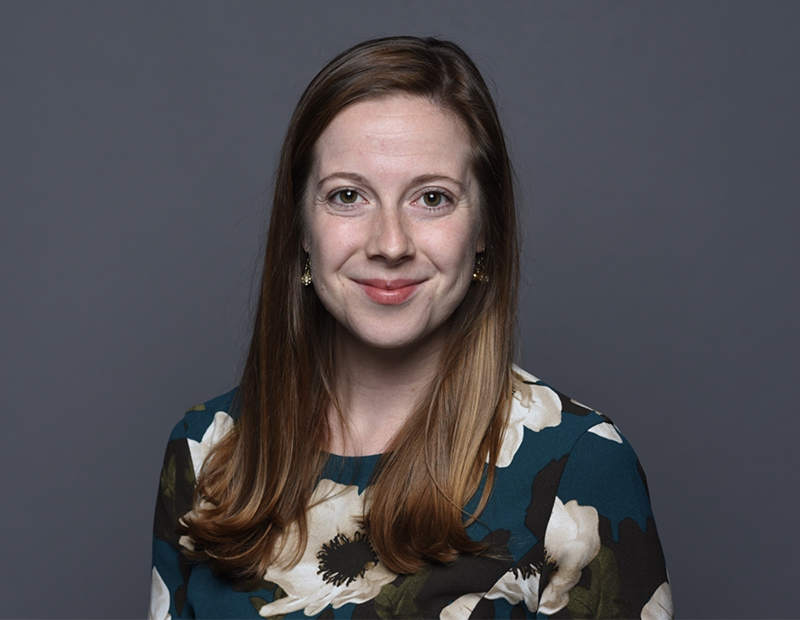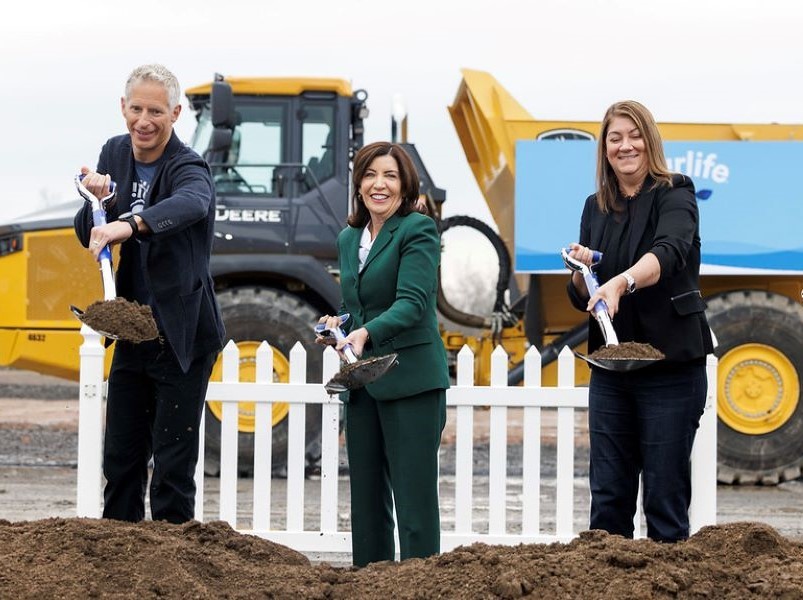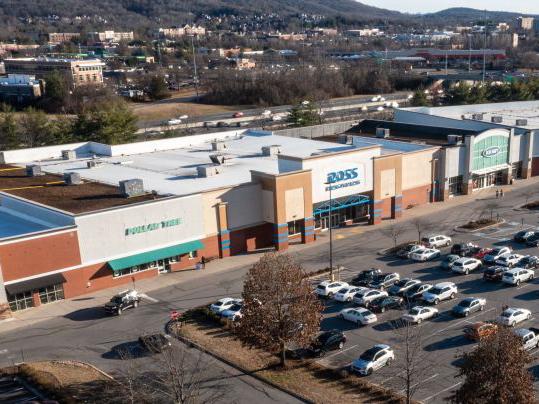Doral’s Rise Among South Florida’s Suburban Frontiers
Terra Group President & Co-Founder David Martin talked to CPE about what makes Doral one of the most dynamic markets in South Florida as well as the company’s numerous developments in the area.
By Timea Papp
As one of the fastest-growing cities in the Southeast, Doral has more than doubled its population in the past 15 years and has been attracting institutional investors at an increasing rate. The city’s location, desirable lifestyle and improving infrastructure are some of the aspects fueling the rising demand for retail, office and industrial space.
David Martin, president & co-founder of Terra Group, spoke to Commercial Property Executive about the elements that contribute to the city’s real estate boom as well as how the development firm plays an important part in the process.
What are some of the factors driving investment and new development in Doral, one of South Florida’s suburban frontiers?
Martin: Affordability, proximity to work and the ability to quickly reach prime shopping and entertainment centers is a major draw. People are living in smaller spaces due to affordability, they’re not really interested in spending hours in traffic getting to work and there’s a much stronger need for these outdoor experiences. Rising demand for retail, office and industrial real estate in Doral is being fueled by a growing residential population, increasing income levels, the city’s desirable lifestyle and improving infrastructure and transit options.
What does the future hold for Doral regarding residential and commercial growth?
Martin: Doral’s rise as a thriving live-work-play community has made it one of the most dynamic markets in South Florida for all property types in the eyes of core real estate investors. The fact that Doral is one of the fastest-growing cities in the Southeast is special, but it’s the quality of residential and employment growth that makes it a must-own market for institutional investors. With a population that has more than doubled in the past 15 years, Doral is drawing young professionals and families seeking to take advantage of the city’s robust base of businesses and corporations, high-quality schools, cultural amenities and access to Miami-Dade’s major thoroughfares and Miami International Airport.
Can you tell us about the differences between urban and suburban development (what are some of the challenges, advantages/disadvantages)?
Martin: If we had plenty of land, everyone would do single-family homes because there are better margins and they are easier to execute, but South Florida is running out of land, so developers are—in effect—forced to turn to high-rise urban projects. Moreover, the maintenance and operating expenses of high-rise construction buildings are much higher than for a single-family community that just has a clubhouse, for instance.
Despite the historically small-town feel of the suburbs, there’s definitely a trend among South Florida developers for building urban-type centers out west. When you look at a lot of cities and their suburbs, you realize that places like Doral are accessible to so many neighborhoods and experiences.
What is the key to a strong Miami market?
Martin: We’ve been very focused on diversifying our portfolio beyond condos over the last few years while maintaining our philosophy of contributing favorably to neighborhoods and developing in markets where there’s a high barrier to entry.
Terra is involved in a diverse set of project types and communities across South Florida. What can you tell us about Doral Commons and Pembroke Pines City Center?
Martin: We are always conscious of where and how we develop. We pick our spots carefully and deliver projects that are appropriate for the community and market dynamics. We are currently developing in excess of $4 billion products, ranging from retail centers, office buildings, master planned communities, apartment buildings and luxury high-rise condominiums.
One thing we’re doing differently is that we try to bring lifestyle amenities to the suburbs that are more traditionally associated with urban living. This approach is helping to reshape areas like Doral and Pembroke Pines. For example, our Doral Commons project combines 140,000 square feet of retail anchored by Publix and T.J. Maxx, situated directly adjacent to our Modern Doral development, a three-subdivision community encompassing a total of 319 contemporary-style, single-family homes. In Pembroke Pines, our 47-acre Pines City Center development combines lifestyle-oriented retail, restaurants and entertainment offerings, with in-demand multifamily apartments.
On the luxury condo side, who are some of the big architects Terra has worked with recently?
Martin: Renzo Piano is creating a master plan for our Eighty Seven Park condominium in Miami Beach’s North Beach enclave, which adds new public green space and expanded beach access for the neighborhood. At our newly-completed Grove at Grand Bay project in Coconut Grove, Bjarke Ingels’ design was inspired by the outdoors and the relationship between interior and exterior spaces. This approach applies to our suburban work as well. At our Botaniko community in Weston, local architects Chad Oppenheim and Roney Mateu have designed single-family estate homes within a low-density, master-planned format.
Image courtesy of Terra Group










You must be logged in to post a comment.